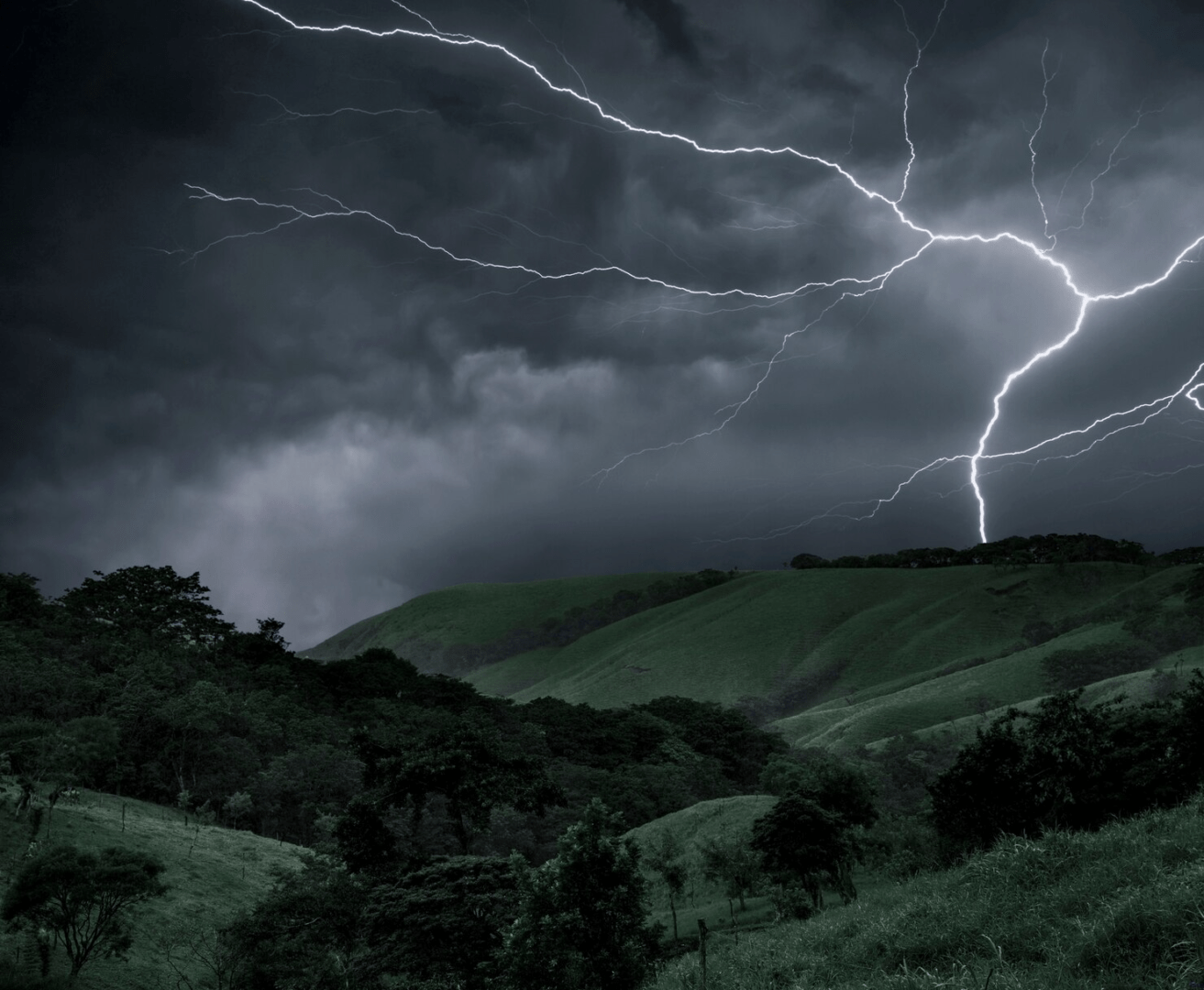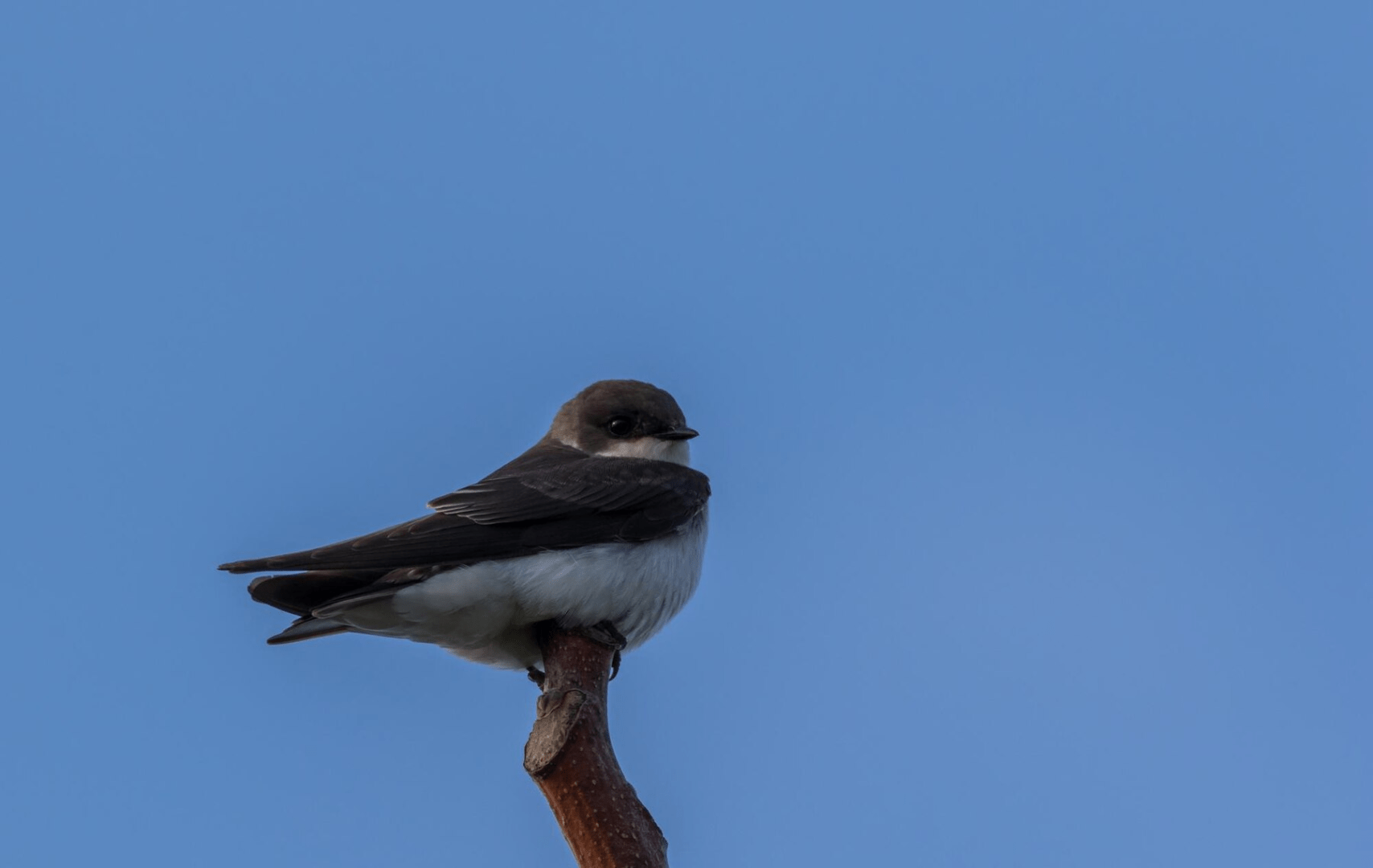National weather omens: how did they arise and can they be trusted?
02 March 2023
In today’s world, where scientific progress and technological advancements allow us to accurately check the weather via the Internet or mobile apps, weather forecasts based on folk signs may seem outdated and irrelevant. However, these observations are deeply rooted in the history and culture of many nations, including Ukrainians. Today, we’ll look at how national signs originated, which ones are the most popular, and how much we can trust them nowadays.
Definition and meaning of folk weather signs
Folk omens are a collection of knowledge, observations and generalisations that allowed our ancestors to predict changes in the environment. They were based on the behaviour of animals, plants, and atmospheric phenomena. Ukrainian folk weather signs have been accumulating for centuries and have been passed down from generation to generation, helping people to navigate the natural environment and adapt their activities to climate change.
Cultural significance and history of folk omens
Folk weather signs are of great importance in the cultural heritage of many nations. They emerged as a result of many years of observation of nature. For example, the ancient Slavs closely monitored changes in the behaviour of animals and plants to predict when it would rain or frost. This was vital for planning agricultural work, preserving crops and preparing for the winter cold. Folk signs of predicting good weather also reflected the worldview and beliefs of our ancestors, their attitude to nature and the world around them.
Popular folk signs about the weather
Our ancestors used observations for any occasion. They had signs for rain, clear weather, and wind. You can find some of them below.
Signs associated with fog, rain, snow, wind, etc.
Folk omens for rain include the following observations: if fog spreads over the ground in summer, it will rain; if the sun goes red in the evening, it will be windy the next day. Other signs say that morning fog that rises upwards promises good weather. And if it remains at ground level, expect rain.
Folk signs about the weather in winter also have their own peculiarities. If bullfinches appear early, it means that the winter will be cold. Is there a lot of snow in January? The summer will be rainy. If the snow falls in large flakes, expect a thaw. There are other folk signs about the weather for the winter.
Observations about the wind also play an important role: strong winds in the evening are a sign of weather change, while calm winds suggest stable conditions. If the wind changes its direction during the day, there will be bad weather.
Signs associated with swallows, cats, bees, etc.
How do swallows predict the weather? These birds are often mentioned in folk omens: if they fly high, the weather will be good. If they fly low? It will rain. Swallows that build their nests on the lower floors of houses predict a cold winter.
Our ancestors also paid attention to the way sparrows predict the weather due to their sensitivity to changes in atmospheric conditions. For example, when they actively bathe in dust or water, it indicates that rain is approaching. The explanation for this phenomenon is simple: before bad weather, air humidity increases, and birds instinctively seek to clean their feathers to better tolerate moisture.
Another sign of weather change is active chirping and flocking. When sparrows gather in large flocks and chirp actively, this indicates good and sunny weather.
On the other hand, if the birds hide in bushes or buildings, it is a harbinger of bad weather or strong winds. They try to find a safe place where they can protect themselves from adverse conditions.
How do cats predict the weather? Purrs can also sense changes. If the cat scratches the wall, expect bad weather, or the floor, a blizzard will soon begin. When a furry animal sleeps curled up in a ball, it will be cold; if it is stretched out, expect warmth.
How do bees predict the weather? Useful insects also have their own signs. The activity of bees in the hive suggests good weather, but if they do not fly out, it will rain. When insects are actively collecting nectar in the morning, the day will be clear.
Scientific explanation and the modern approach to folk omens
Modern science is sceptical about folk omens, but does not deny that some of them have a rational basis. For example, humidity increases before rain, which can affect the behaviour of animals, insects and plants.
Cats, dogs, birds, and other animals do react to changes in atmospheric pressure, humidity, and other meteorological indicators. Therefore, their behaviour can signal changes in the weather. Plants are also sensitive to fluctuations in the environment. For example, some flowers close their petals before it rains, which helps protect them from excessive moisture.
Examples of folk signs and their meaning
Here are 5 signs about the weather and their meanings:
- Roosters sing for a long time in the evening – the thaw will soon begin. This sign is based on the observation that birds react to changes in atmospheric pressure and temperature.
- If it rains a lot in winter, the year will be a poor one. This is because winter rains can cause the soil to freeze and damage crops.
- If a cat scratches the wall, there will be bad weather; if it scratches the floor, a blizzard will soon begin. Cats have very sensitive hearing and can predict the approach of strong winds and storms.
- Crows fly closer to human habitation – for cold weather; they fly away – for warming. Birds look for warm places when adverse conditions are approaching.
- Ants found far from an ant hill predict rain in one day. Insects are sensitive to changes in humidity and atmospheric pressure, so their behaviour is an indicator of impending precipitation.
Folk signs in different cultures
Folk signs for clear weather exist in many cultures around the world. For example, in Japan, it is believed that if red clouds appear in the sky early in the morning, the day will be rainy. In Indian culture, there is another sign: if frogs start croaking in summer, it will soon rain.
European countries also have many folk signs that predict the weather. For example, in Britain, it is believed that if spiders are actively weaving webs, the weather will be good. Germans believe that if there are a lot of nuts and acorns in autumn, the winter will be cold and long.
The importance of folk signs for modern society
Weather forecasts based on folk signs are no longer the main source of information, but these observations remain part of the cultural heritage and are still used in everyday life, especially in rural areas. Some of the signs related to agricultural work do help in choosing the best time to plant and harvest.
For example, many farmers take into account folk omens as they are based on years of observation and experience. However, it is worth remembering that modern technology and scientific methods allow for more accurate and reliable weather forecasts.
Folk signs and modern meteorology
Meteorology as a science has evolved significantly in recent decades, and today’s technologies allow us to predict the weather with high accuracy for several days in advance. Satellites, radar systems, computer models – all of these allow experts to create detailed weather forecasts, taking into account a large number of factors and parameters. However, folk signs about winter weather or conditions in other seasons remain an interesting alternative and remind us of the close connection between humans and nature.
Modern research on folk signs
Recent research suggests that some folk signs may have a scientific basis. For example, observations of animal behaviour before bad weather have confirmed that many species do indeed respond to changes in atmospheric pressure, humidity, temperature and other conditions. This suggests that while many signs may seem superstitious or obscure, some of them are based on real natural phenomena.
The role of folk signs in upbringing and education
Folk signs are also of great importance in the upbringing and education of the younger generation. They can be used as a tool to introduce children to nature, flora and fauna, and the environment. The study of signs stimulates interest in natural history and ecology, and helps to develop observation and attentiveness.
The influence of folk signs on modern culture
Today, folk signs continue to influence our culture and everyday life. They are part of our language, customs and traditions. For example, many people still believe in signs and follow them in important life situations. This shows that, despite the development of science and technology, folk knowledge remains important to us.
Examples of folk signs in literature and art
Folk signs are widely reflected in Ukrainian literature and art. They are present in folk tales, legends, songs and other works, where they serve not only as a means of transmitting knowledge but also as an expression of cultural identity. For example, in the works of Ukrainian writers such as Ivan Franko, Mykhailo Kotsiubynsky and Lesya Ukrainka, one can often find references to folk signs that help the characters navigate their environment and make important decisions.
Folk signs also play an important role in the visual arts. For example, paintings and prints by artists of the 19th and early 20th centuries often depict scenes from the lives of peasants, reflecting their observations of nature and the use of folk signs. This not only gives the works a deep cultural meaning, but also makes them closer to the viewer by showing familiar scenes and situations.
Folk weather signs in modern media
With the development of modern technology, folk signs have found their place in the media space. Social networks, blogs and specialised websites offer a wealth of material on folk signs. People share their observations, experiences and advice on how to use signs in everyday life. This contributes to the preservation and popularisation of folk knowledge and its integration into modern culture.
For example, blogs and YouTube videos offer a wealth of advice on how to use folk signs to predict the weather, plan gardening, or simply as a fun way to observe the environment. These materials help to promote folk knowledge among the younger generation.
Folk signs in contemporary music and cinema
Contemporary musicians and filmmakers also find inspiration in folk signs. Songs and music videos often use images and motifs related to nature and beliefs. Ukrainian music bands often refer to the theme of folk omens in their lyrics, emphasising the connection between humans and nature and traditions.
For example, the band Okean Elzy uses images of nature and folk beliefs in their song “Don’t Go”. The band DakhaBrakha combines Ukrainian folklore motifs with a modern sound, often using natural imagery and symbolism in their songs and videos. They demonstrate how folk motifs can be integrated into contemporary music, emphasising traditional values and a connection to nature.
In cinema, folk signs are used as an important element of the plot or atmosphere. For example, in films depicting the lives of peasants or historical events, you can often see scenes where characters rely on signs to make decisions or predict the future. This adds authenticity to the films and helps to immerse the viewer in the era being portrayed.
How to use weather signs in everyday life?
Although modern technology has made our lives much easier, folk omens can still be useful. For example, they can help you easily plan your holiday or agricultural work. Here are some tips on how to use folk omens:
- Observe nature – pay attention to the behaviour of animals, plants and atmospheric phenomena. This will help you better understand changes in the weather.
- Record your observations – keep a diary where you record, analyse information, and make weather forecasts based on folk signs.
- Compare with modern forecasts – check how accurate folk weather signs for autumn and other seasons are compared to meteorologists’ forecasts. This will help you better understand which ones work and which ones don’t.
Despite the development of technology and scientific progress, many people still rely on folk omens in their everyday lives. They can be taken into account not only when planning a holiday, but also a wedding, moving, or starting other businesses. For example, there is a sign that if it rains on the wedding day, it will bring happiness to the newlyweds. This belief is so widespread that many couples perceive precipitation on this festive day as a good omen, despite all the inconveniences it can cause.
In rural communities, folk signs are also very important. For example, there is a sign that if there are a lot of frogs croaking in the spring, the summer will be rainy. These observations help farmers adapt to changes in the weather and plan their work better.
Bottom line
Folk weather forecasting signs are the result of many years of observation by our ancestors, which helped them survive and navigate the natural environment. Although modern meteorology provides more accurate forecasts, these signs remain an important part of our cultural heritage, demonstrating the close connection between humans and nature.
Through folk omens, we can learn more about the world around us and our place in it. They remind us that nature has always been and remains our teacher. By acquiring and cherishing this knowledge, we preserve the wisdom of our ancestors and continue the traditions that have been passed down from generation to generation.
Thus, folk weather signs remain relevant today. They help us to understand how our ancestors perceived and interacted with nature, and enrich our understanding of the world around us. So don’t neglect this knowledge – it may be useful to you and help you better understand nature and predict the weather.



